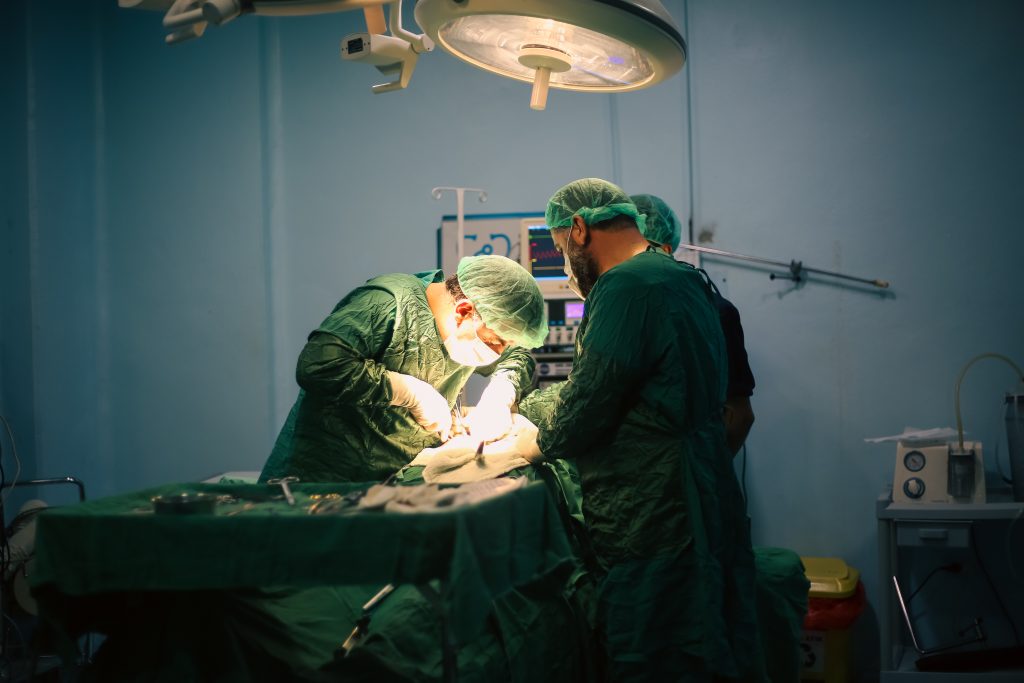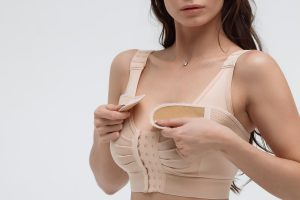Choosing plastic surgery tends to raise many questions. Which procedures appear most often in clinics? What does each one do to the body? How do people pick among so many options?
In this article, you find the 10 most common plastic surgery procedures performed in the United States, with clear explanations of how each technique works and which areas of the body they usually address.
Knowing this information helps set expectations before speaking with a surgeon. Keep reading to understand each of these surgeries better.
The most common plastic surgery procedures and areas treated
| Procedure | Common areas treated |
| Liposuction | Abdomen, thighs, arms |
| Breast augmentation | Breasts |
| Blepharoplasty | Upper and lower eyelids |
| Abdominoplasty | Abdomen |
| Mammaplasty reduction | Breasts |
| Rhinoplasty | Nose |
| Rhytidectomy | Face |
| Mastopexy | Breasts |
| Browplasty | Forehead and eyebrows |
| Male mammaplasty | Male chest |
1. Liposuction
Liposuction removes localized fat deposits that do not decrease with diet and physical activity.
How liposuction is performed:
- A saline solution is injected into the area to reduce bleeding and make fat removal easier.
- Small incisions are made to insert thin cannulas.
- Fat cells are loosened using one of these methods: mechanical, ultrasound, or laser-assisted.
- Fat is suctioned out with controlled movements of the cannula.
Patients choose liposuction to treat areas such as abdomen, flanks, thighs, arms, back, and even neck.
Results depend on skin elasticity and the volume removed. This technique does not replace weight loss and is typically chosen by people close to a healthy weight.
2. Breast augmentation
Breast augmentation places implants to increase or improve the shape of the breasts. Silicone and saline implants are the most common, available in various sizes and shapes.
How breast augmentation is performed:
- An incision is made under the breast, around the areola, or in the armpit.
- A pocket is created either under the mammary gland or the pectoral muscle.
- The implant is inserted and adjusted for symmetry.
- Incisions are closed with sutures, and dressings are applied.
Implants can be positioned above the mammary gland or under the pectoral muscle to achieve different aesthetic effects.
Many women choose breast augmentation to correct asymmetry, restore volume after pregnancy, or reach more balanced proportions with the rest of the body.
3. Blepharoplasty
Blepharoplasty addresses changes in the upper eyelids, lower eyelids, or both.
How blepharoplasty is performed:
- On the upper eyelid, an incision follows the natural crease to remove excess skin and fat.
- On the lower eyelid, an incision is made just below the lash line or inside the eyelid to access fat pads.
- Tissue is repositioned or removed, and skin is tightened.
- Fine sutures close the incisions to minimize visible scars.
This technique is requested by those who notice aging signs around the eyes, such as fine wrinkles, excess skin, or bags that create a tired look.
4. Abdominoplasty
Abdominoplasty, or tummy tuck, combines removal of skin and fat from the abdomen with repair of the rectus abdominis muscles. It is indicated for people with pronounced laxity, often after significant weight loss or pregnancy.
How abdominoplasty is performed:
- A horizontal incision is made low on the abdomen, often below the bikini line.
- Excess skin and fat are lifted and removed.
- The abdominal muscles are tightened with sutures to restore firmness.
- A new opening for the navel may be created.
- Remaining skin is repositioned, and incisions are closed.
Patients choose this surgery to improve abdominal contour when exercise and diet do not produce enough change.
5. Mammaplasty reduction
Mammaplasty reduction reduces breast size by removing breast tissue, fat, and skin.
This surgery is sought by women who report physical discomfort such as back pain, neck pain, and shoulder grooves caused by bra straps.
It may also make sports participation easier and improve self-esteem.
How mammaplasty reduction is performed:
- An incision is made around the areola, vertically down to the breast crease, and sometimes horizontally along the crease.
- Excess tissue, fat, and skin are removed.
- The areola is moved to a higher position.
- The breast is reshaped and sutured for support.
6. Rhinoplasty
Rhinoplasty alters the structure of the nose to improve proportion and, in some cases, breathing function. It can reduce or increase size, modify nostril width, adjust the tip, or smooth the nasal bridge.
How rhinoplasty is performed:
- Closed approach: incisions are made inside the nostrils.
- Open approach: a small incision is added on the columella.
- Cartilage and bone are reshaped to refine the nasal bridge, tip, or nostrils.
- Incisions are closed, and a splint may be placed for support.
Some people seek rhinoplasty to correct traumatic injuries, improve facial symmetry, or address septal deviation. Results tend to become more visible over months as swelling decreases.
7. Rhytidectomy
Rhytidectomy, or facelift, adjusts facial and neck tissues that have shifted over time.
How rhytidectomy is performed:
- Incisions are placed around the ears and along the hairline.
- Skin is lifted, and underlying tissues and fat are repositioned.
- Excess skin is trimmed away.
- Incisions are sutured and bandaged.
This technique addresses deep creases between the nose and mouth, loose skin along the jawline, and neck sagging.
Patients often choose rhytidectomy to reduce visible signs of aging and enhance facial contours.
8. Mastopexy
Mastopexy, or breast lift, raises the breasts by removing excess skin and reshaping breast tissue.
This surgery is indicated for women with sagging caused by pregnancy, breastfeeding, weight loss, or aging.
How mastopexy is performed:
- An incision is made around the areola, vertically down, and sometimes along the breast crease.
- Skin is removed, and the breast tissue is reshaped.
- The areola is repositioned higher on the breast.
- Remaining skin is tightened and sutured.
Unlike breast augmentation, mastopexy does not add volume but can be combined with implants for patients who want more fullness along with lift.
Read more:
👉 7 Ways to Lift Sagging Breasts
9. Browplasty
Browplasty adjusts eyebrow position and softens horizontal forehead wrinkles. It is chosen by patients with drooping eyebrows that create a tired or severe expression.
How browplasty is performed:
- Traditional approach: an incision is made along the hairline.
- Endoscopic approach: small incisions behind the hairline and a camera guide the procedure.
- Forehead skin is lifted, muscles adjusted, and excess skin removed.
- Incisions are closed and hidden in the hairline.
Browplasty can be performed alone or combined with other facial procedures to harmonize the upper face.
10. Male mammaplasty
Male mammaplasty corrects gynecomastia, characterized by an increase in breast tissue in men. This enlargement may result from hormonal changes, medications, or weight gain.
How male mammaplasty is performed:
- Small incisions are made near the chest crease.
- Liposuction removes fatty tissue.
- If necessary, glandular tissue is surgically excised.
- The chest is contoured, and sutures close the incisions.
Men choose this surgery to improve the appearance of the chest and relieve psychological or physical discomfort associated with the condition.
Read more:
👉 Aesthetic procedures for men
Final thoughts
Understanding the 10 most common plastic surgery procedures helps clarify what each one typically addresses and how they are performed. Each technique suits specific goals, body areas, and patient conditions.
Choosing among them depends on a personal consultation, where a surgeon evaluates anatomy, expectations, and possible outcomes.
At Smart Plastic Surgery in Miami, patients receive guidance to explore the options that align with their needs and preferences.
Scheduling a consultation opens the opportunity to ask questions and review what might work best for each case.
For more information or to book an appointment



